Digital Backgrounds
Call into your video meeting from the Grand Canyon—or from the jaws of an Allosaurus. Download a free digital background from the American Museum of Natural History and start your video call adventures today.
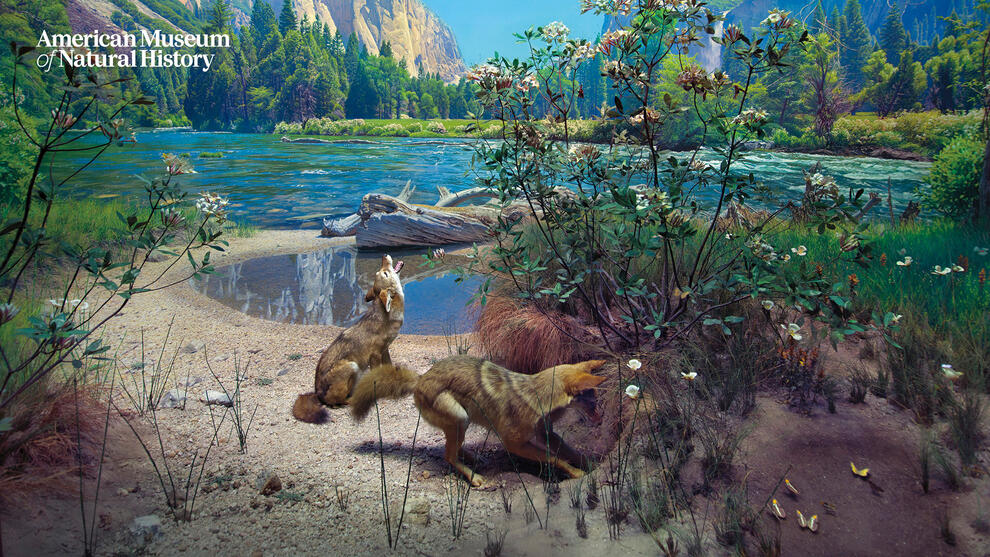
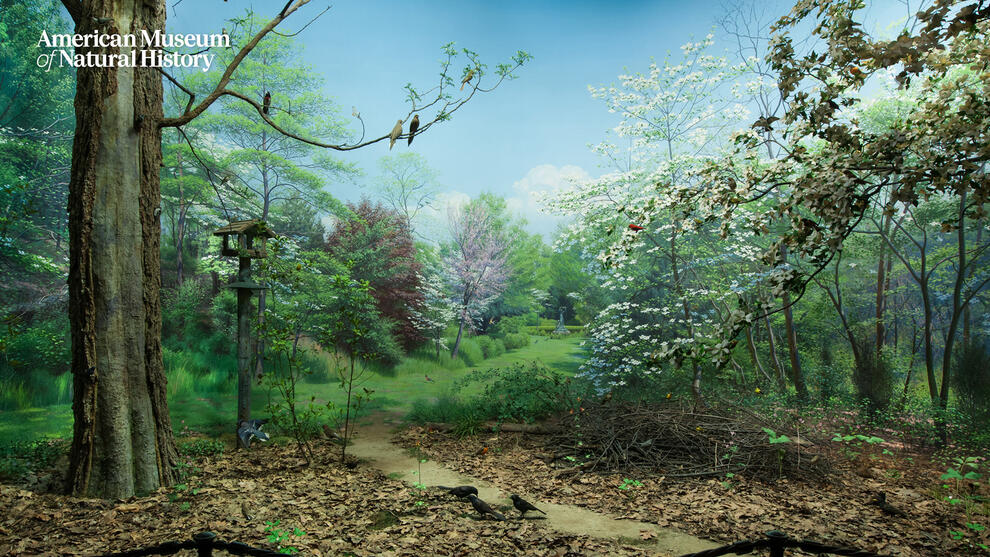
Coyote Diorama
Fun Fact: Western coyotes, like these pictured in California’s Yosemite National Park, are smaller than eastern coyotes, some of which are descended from coyotes that mated with wolves in the Great Lakes region. These “coy-wolves” have more variety in coat color and, thanks to their extra large size, can hunt deer.
Download a high-res image of the coyotes to use for your background!
Oyster Bay Diorama
Fun Fact: Did you know that you can spot more than 50 species of birds in this diorama, which depicts the bird sanctuary near President Theodore Roosevelt’s home, Sagamore Hill, in Cove Neck, New York? Many of these birds can also be spotted in Central Park on a spring day, from wood warblers to larger, more colorful songbirds such as the Scarlet Tanager and the Rose-breasted Grosbeak.
Download a high-res image of the bird sanctuary to use for your background!
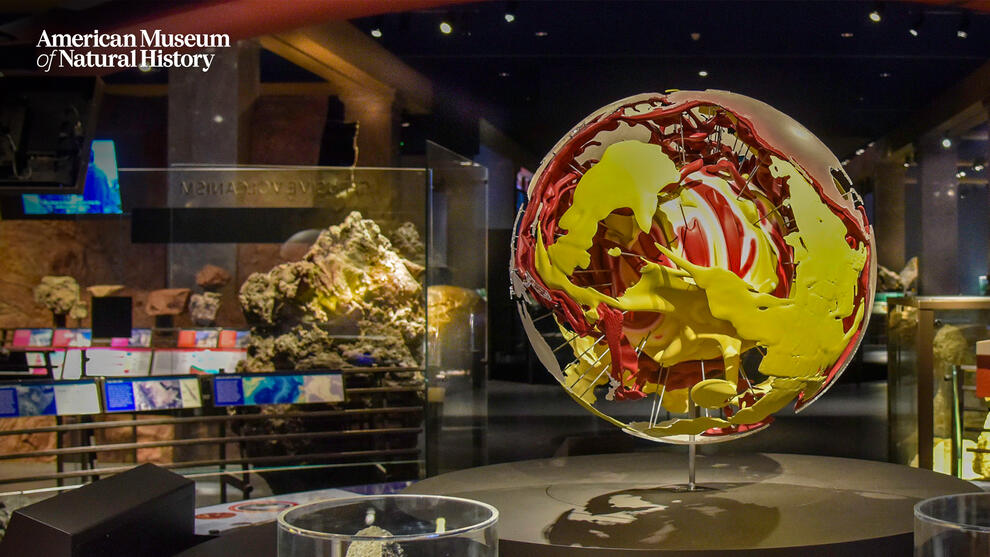
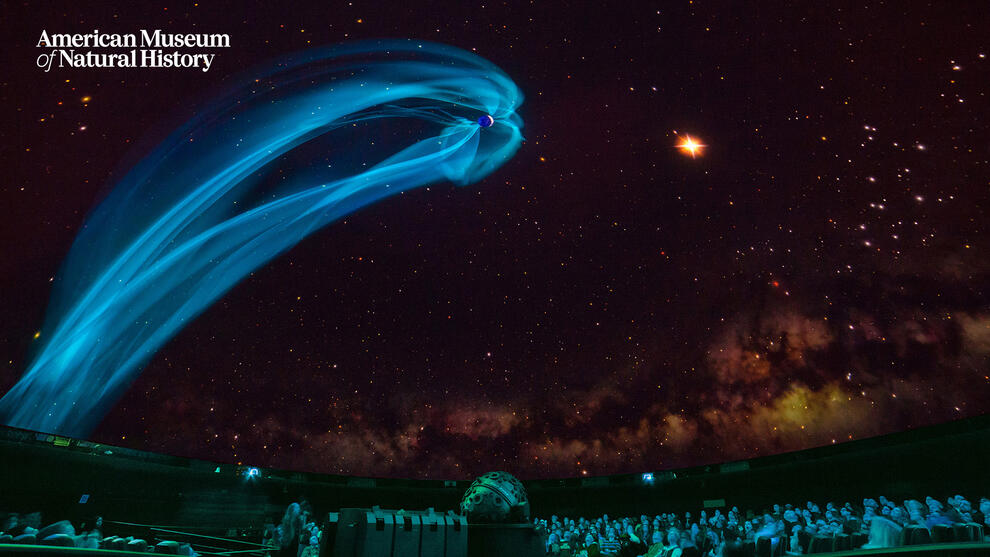
Convection Model
Fun Fact: Deep beneath our feet is a 2,900-kilometer-thick (1,800-mile) layer of mostly solid rock called the mantle, which flows slowly due to convection. Hotter rocks, which have relatively low densities, rise, while cooler rocks with higher densities sink.
Download a high-res image of the Convection Model to use for your background!
Hayden Planetarium
Fun Fact: The Space Theater is located in the upper half of the Hayden Sphere, an 87-foot diameter sphere that appears to float inside the glass cube that is home to the Museum's Rose Center for Earth and Space.
Download a high-res image of the Hayden Planetarium to use for your background!
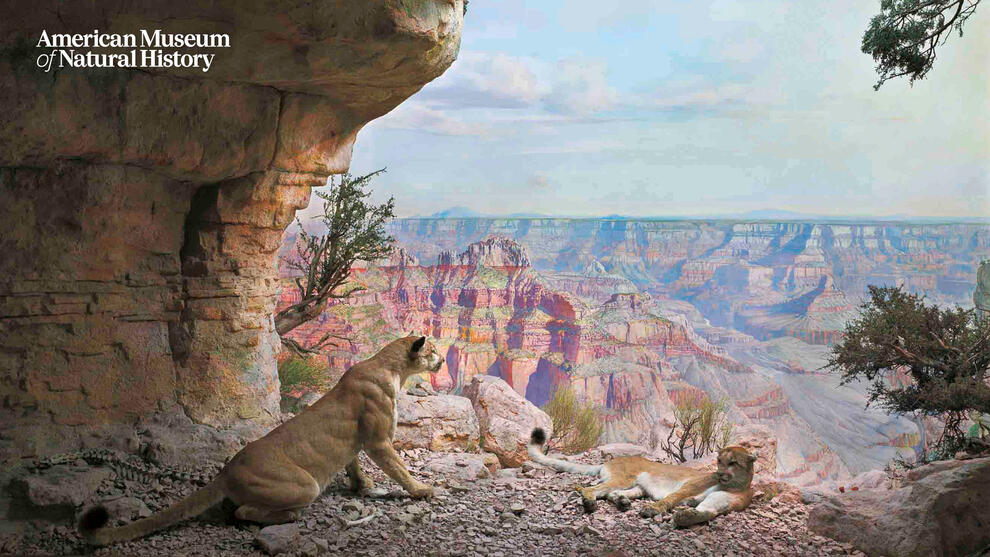
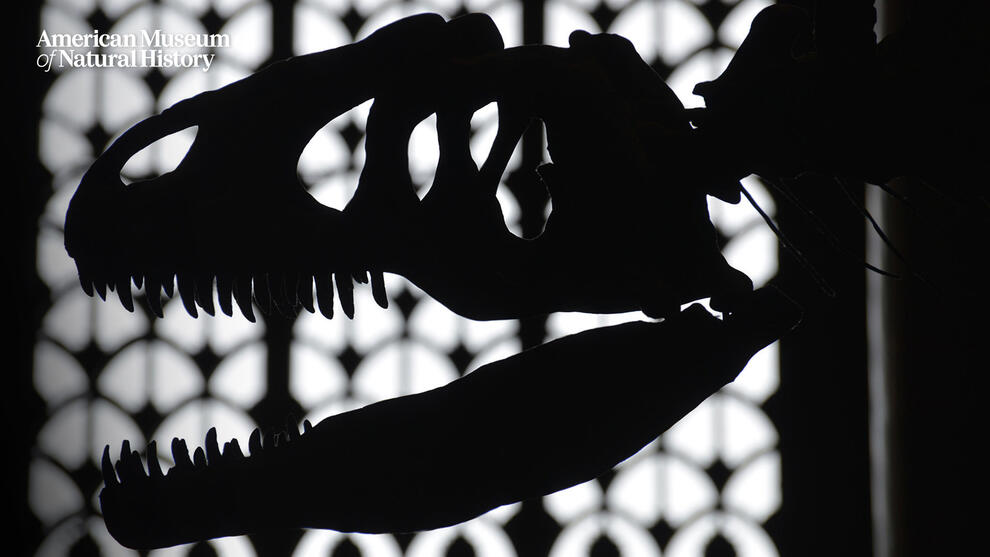
Mountain Lion Diorama
Fun Fact: Grand Canyon National Park offers ideal habitat for cougars, also called mountain lions: shade to escape the heat, rugged terrain in which to ambush prey, and nooks to eat carcasses in private.
Download a high-res image of the lions to use for your background!
Allosaurus Skull
Fun Fact: This large North American theropod had three claws—which led Museum preparators who were working on the first-ever mount of Tyrannosaurus rex in 1915 to exhibit T. rex with three claws, too.
Download a high-res image of Allosaurus to use for your background!
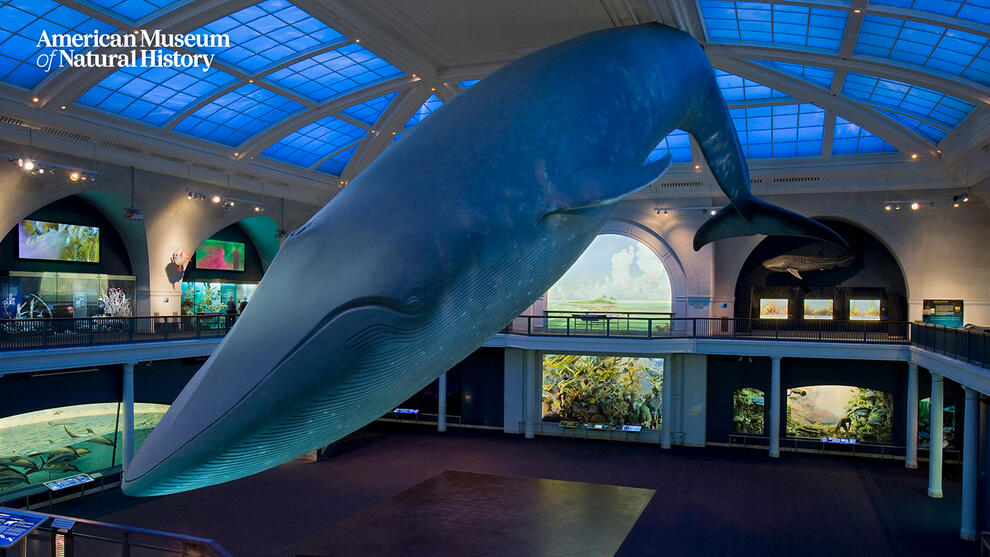
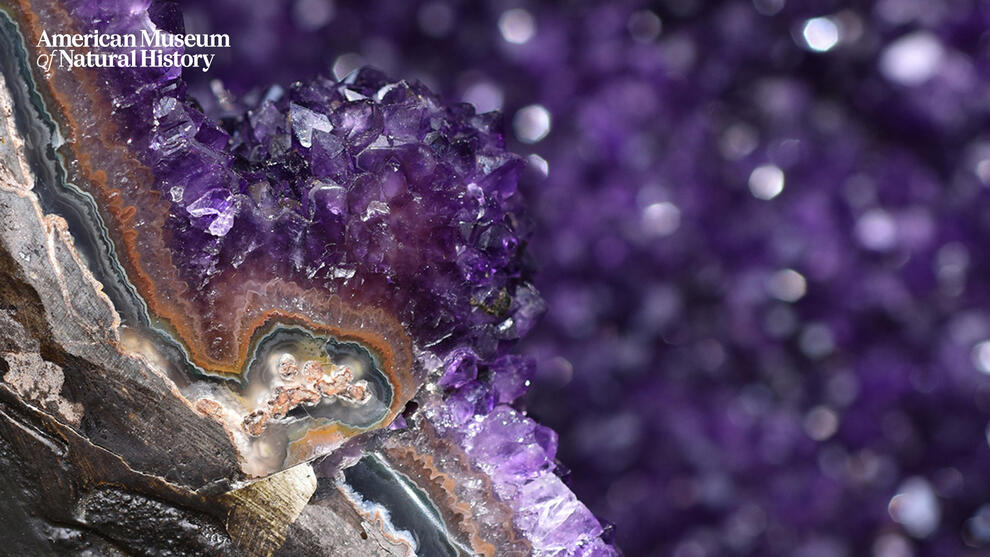
Blue Whale Model
Fun Fact: Blue whales make sounds that travel through the ocean for hundreds of miles—but at frequencies far below the range of human hearing.
Download a high-res image of the whale to use for your background!
Amethyst Geode
Fun Fact: The quartz crystals in this geode probably grew quite quickly, over just a few months or years—but it took millions of years for the crystals to turn from colorless quartz to purple amethyst.
Download a high-res image of the geode to use for your background!
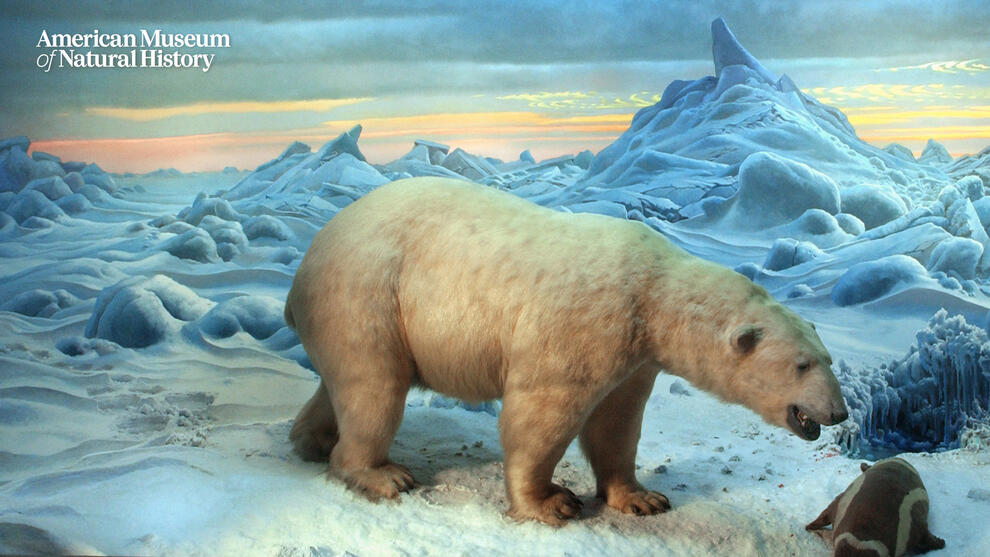
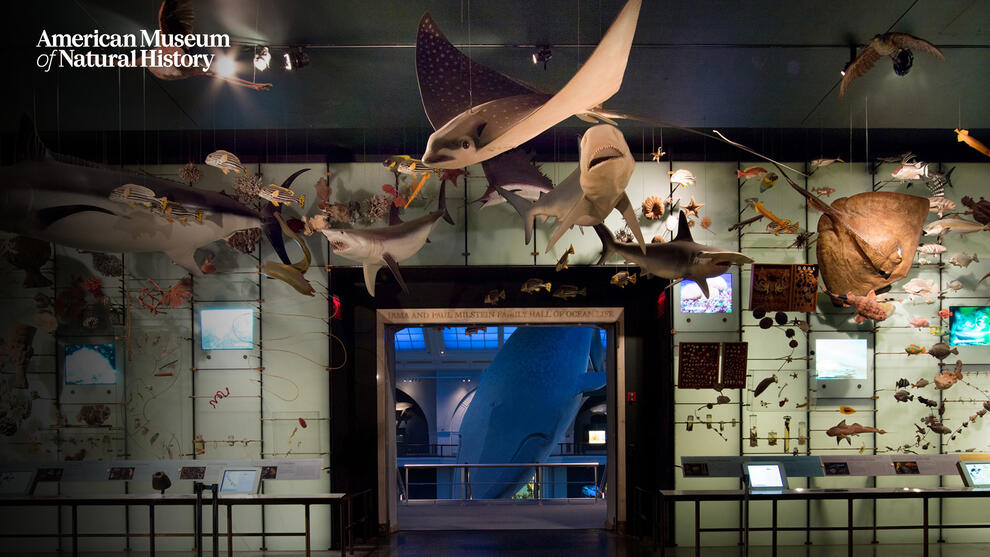
Polar Bear Diorama
Fun Fact: Polar bears can be very patient—waiting, sometimes for hours, at a breathing hole in the ice. When a seal finally pops up for air, dinner is served!
Download a high-res image of the polar bear to use for your background!
Spectrum of Life
Fun Fact: This 100-foot-long exhibit is packed with organisms of all shapes and sizes, representing 1,500 living things—and the great diversity of life on Earth. One no-show? A species with an outsized impact on our planet: humans.
Download a high-res image of the Spectrum of Life to use for your background!
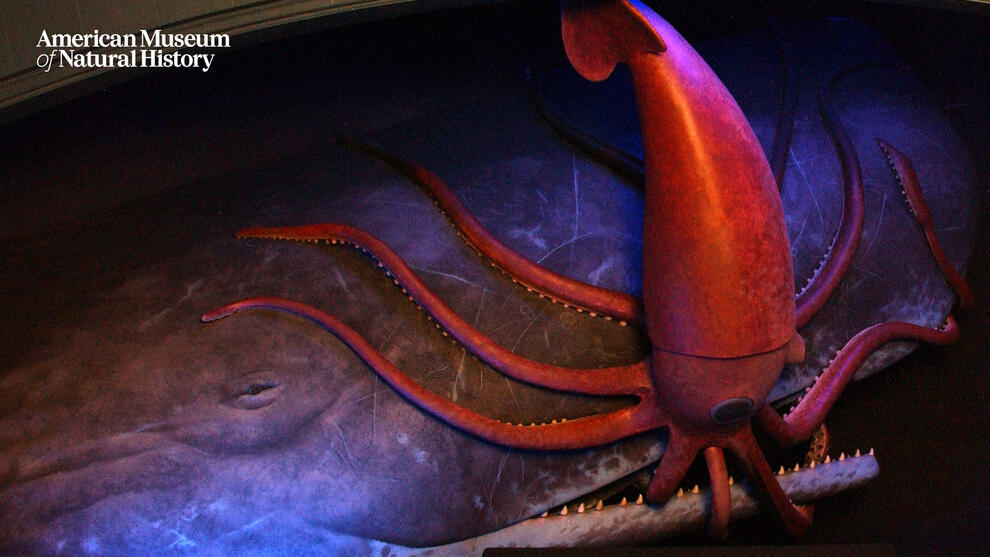
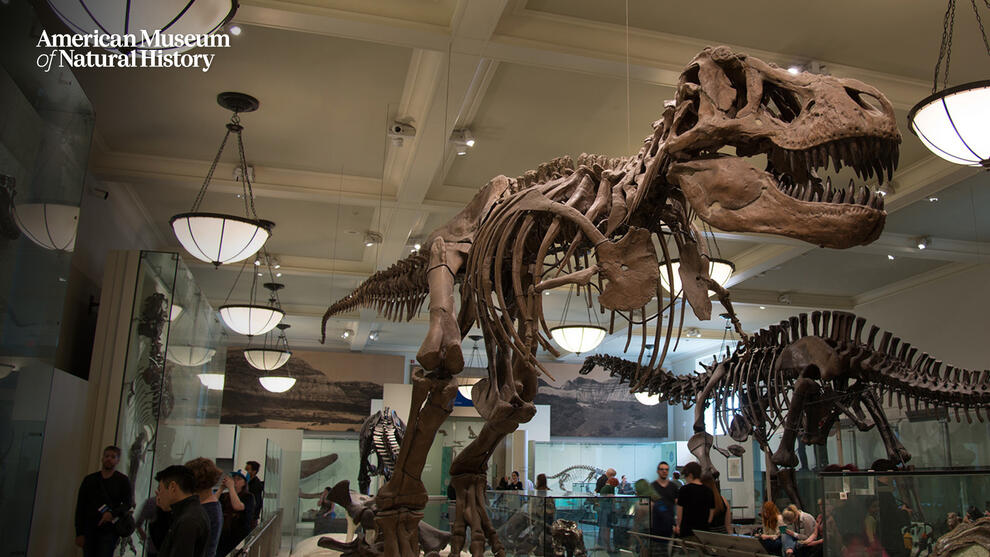
Giant Squid and Sperm Whale Diorama
Fun Fact: Did you know the Museum has a giant squid specimen in its collection? It came to New York from New Zealand, where it was accidentally snared in a commercial fishing net. Find out about its voyage.
Download a high-res image of the squid and whale to use for your background!
Tyrannosaurus rex
Fun Fact: Specimen AMNH 5027 was discovered as a nearly complete skeleton at Big Dry Creek, Montana, by famous fossil hunter Barnum Brown. It went on to inspire Hollywood and pop culture, including the book jacket and movie logo for Jurassic Park.
Download a high-res image of T. rex to use for your background!
Visit our Explore page for materials for families and teachers, virtual tours, videos, games, and more!